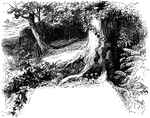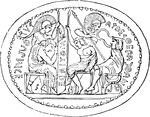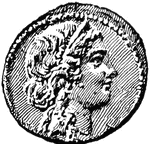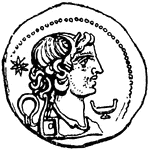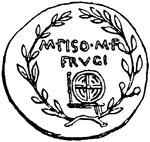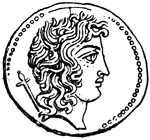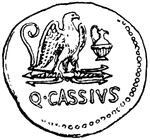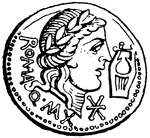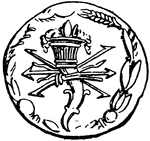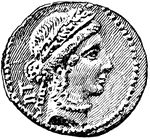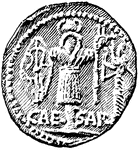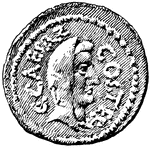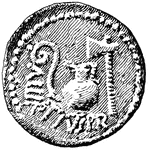Nerve trunks
"The Main Nerve Trunks of the Right Forearm, showing the Accompanying Radial and Ulnar Arteries. (Anterior…

Great Nerve
"A Great Nerve (Crural) and its branches on the Front of the Thigh. The femoral artery with its cut…

General view of organ of hearing
"A, pinna; B, cavity of the concha, showing the openings of a great number of sebaceous…

Lens of the eye
"Diagram showing the Change in the Lens during Accomadation. On the right the lens is arranged for distant…
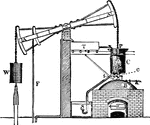
Steam Engine
"Newcomen's Atmospheric Steam-Engine. A, A, working-beam; B, boiler from which steam is admitted through…

Nasal and throat passageways
"Diagram of a Sectional View of Nasal and Throat Passageways. C, nasal cavities; T,…

Front view of the larynx
"Cartilages and Ligaments of the Larynx. (Front view.) A, hyoid bone; B, membrane…

Posterior view of the larynx
"Cartilages and Ligaments of the Larynx. (Front view.) A, epiglottis; B, thyroid cartilage;…

Balcony of House in Nuremburg
"Nuremburg is a city in the Bavarian province of Middle Franconia, Germany; on the Pegnitz river; 95…

Octopus
"The Octopus is the typical genus of the family Octopodidæ. The body is oval, warty, or cirrose,…
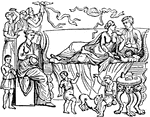
Accubatio
"The act of reclining at meals. The Greeks and Romans were accustomed, in later times, to recline at…

Demosthenes
"In the oratory of more thn two thousand years Demosthenes stands in the front rank, and will always…
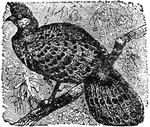
Pheasant
"The Pheasant is one of the most highly prized game birds. The adult male pheasant is a beautiful bird,…

Phonograph
"A Phonograph is an instrument for recording and reproducing sounds, invented by Thomas A. Edison."—(Charles…
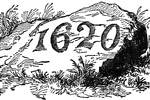
Plymouth Rock
"Plymouth is a town and county-seat of Plymouth co., Mass.; on Plymouth Bay, 37 miles S. E. of Boston.…

Antae
"Square pillars, which were commonly joined to the sidewalls of a building, being placed on each side…
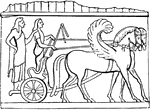
Antyx
"The rim or border of anything, especially of a shield or chariot. The trim of the large round shield…

Chain Pump
"A Pump is a machine, engine, or device, consisting of an arrangement of a piston, cylinder, and valves,…
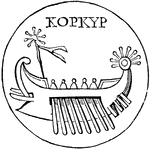
Aphractus
"Called also navis aperta, a ship which had no deck but was merely covered with planks in the front…

Retort
"A Retort is a vessel in whose chamber an object is subjected to distillation or decomposition by heat,…
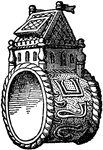
Ring
"A Ring is any circle or section of a cylinder. Rings of gold, silver, and of other metals and materials…

Ring
"A Ring is any circle or section of a cylinder. Rings of gold, silver, and of other metals and materials…
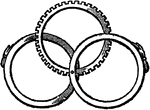
Ring
"A Ring is any circle or section of a cylinder. Rings of gold, silver, and of other metals and materials…
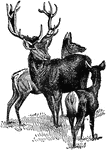
Stag
"Stag, or Red Deer, is a typical species of deer, occurring in the N. of Europe and Asia. It was once…
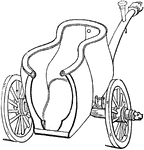
Currus
"A chariot, a car. These terms appear to have denoted those two wheeled vehicles for the carriage of…

Currus
"A chariot, a car. These terms appear to have denoted those two wheeled vehicles for the carriage of…

Fastigium
"An ancient Greek or Roman temple, of rectangular construction, is terminated at its upper extremity…

Roller Skating
A group of people rollerskating indoors. The man in front is about to fall. All of the people are wearing…

Ring the Bull
"This amusing game requires more care and delicacy of touch than at first seems to be the case. The…
!["Demosthenes had established himself as a public speaker before [the first Phillipic]; but it is chiefly in connection with Phillip that we are to view him as a statesman as well as an orator." — Smith, 1882](https://etc.usf.edu/clipart/16600/16602/demosthnbust_16602_mth.gif)
Bust of Demosthenes
"Demosthenes had established himself as a public speaker before [the first Phillipic]; but it is chiefly…

Temple of Jupiter
"The door in front of a temple, as it reeached nearly to the ceiling allowed the worshippers to view…

Cothurnus
"The cothurnus or buskin, rose above the midddle of the leg so as to surround the calf (sura),…
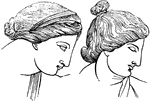
Venus and Diana
"Venus and Diana are generally represented with their hair dressed in the simple style of the young…
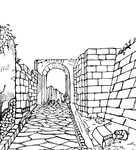
Pompeii
"The following cut gives a view of of a portion of the paved street at the entrance of Pompeii. The…
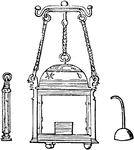
Laterna
"In later Greek, a lantern. Two bronze lanterns, constructed with nicety and skill, have been found…

Patera
"The patera was a broad and comparatively shallow bowl used for libations, and also for drinking out…

Mobile tower
"They who are within this machine obtain first a view of the place from their high position, and then,…

Herculaneum
"In the following we have back and front views of the heads of statues from Herculaneum, on which we…

Olla
"A vessel of any material, round and plain, and having a wide mouth: a pot; a jar. The following woodcut…
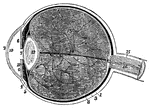
Human Eye
1, the sclerotic thicker behind than in front; 2, the cornea; 3, the choriod; 6, the iris; 7, the pupil;…

Eye Muscles
The muscles of the eyeball, the view being taken from the outer side of the right orbit.
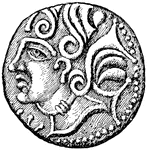
Coin of Diviciacus
The Coin of the King of the Suessiones, Diviciacus, with bust on front and prancing horse on back. Front.
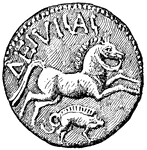
Coin of Diviciacus
The Coin of the King of the Suessiones, Diviciacus, with bust on front and prancing horse on back. Back.
